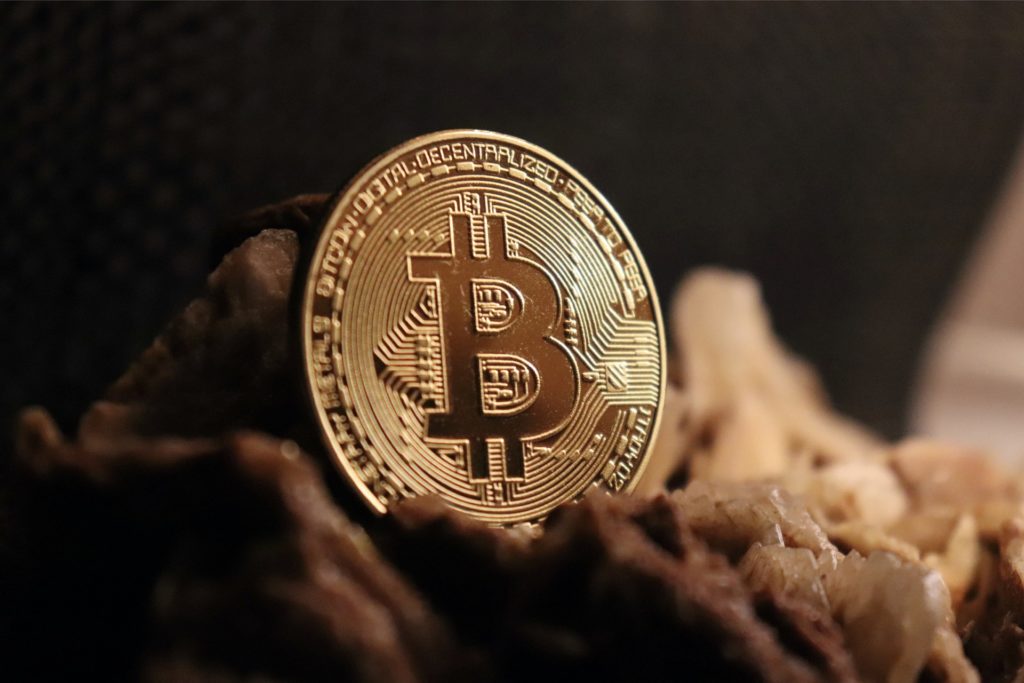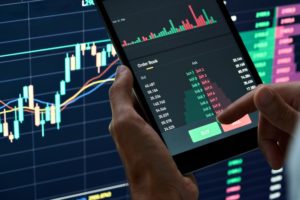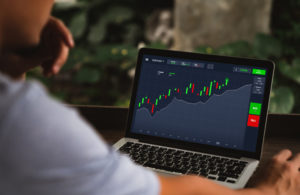According to the statistics published by the US Department of Labor, the current ratio of inflation has exceeded the expectations of state economists. During these trying times, Bitcoin has once again proven its position as an effective store of value as efficient as the gold market. The data shared by the department of labour indicates that the current inflation ratios are rising at a higher speed since the 1981 market.
Therefore, more and more investors are taking refuge in the top coin for using it as a hedge against inflation. The experts at the Department of Labor used the CPI or Consumer Price Index to prove that during November, inflation rose by 0.8%, making it 6.8% during the entire year. The CPI is the measure of change in prices for consumer goods over a given period. On the other hand, energy prices have increased by 33.3% since December last year.
The chairperson of the Federal Reserve, Jeremy Powell, has kept insisting that the current inflation ratios are going to remain under the transitory estimations. However, recently he admitted to Senator Pat Toomey that the inflation rates had exceeded the expectations of the market analysts. He has still maintained that inflation is going to settle down eventually.
Meanwhile, the bond yields of the US Treasury have fallen by 5 to 10 years back returns. Meanwhile, the equities market shifted into neutral gear; on the other hand, the Bitcoin prices also suffered losses before regaining eventually. The massive price surge in gasoline has been recorded to rise by 58.1% recently. Senior market analyst Edward Moya from Oanda Corp recently told the media that experienced traders are showing resilience with their investment and seem to be confident that the inflation is going to mellow down by next year.
There are, however, some investors who are waiting for the official statistics shared by the Federal Open Market Committee. Executive director at Validus Power Corp. Greg Foss recently claimed that based on the original CPI formula of 1981, the inflation rise is calculated as 14% higher in 12 months.
Federal Reserve has depended largely on the core CPI and core PCE or personal consumption expenditures ratios for making their projections. According to Foss, the 1981 CPI reveals that the ratio of inflation is still higher in 39 years, contributing 6.8% year-over-year in 2021. Oxford Economist Kathy Bostjancic recently told Bloomberg that inflation is expected to settle down during the mid-term next year.







More Stories
Koinal Review – Is Koinal Scam or a Trusted Broker? (Koinal.ai)
Fxp360 Review – Is Fxp 360 Scam or a Trusted Broker? (Fxp360.com)
Coinbase Files A Petition To The SEC, Argues That Staking Should Not Be Classified As Securities